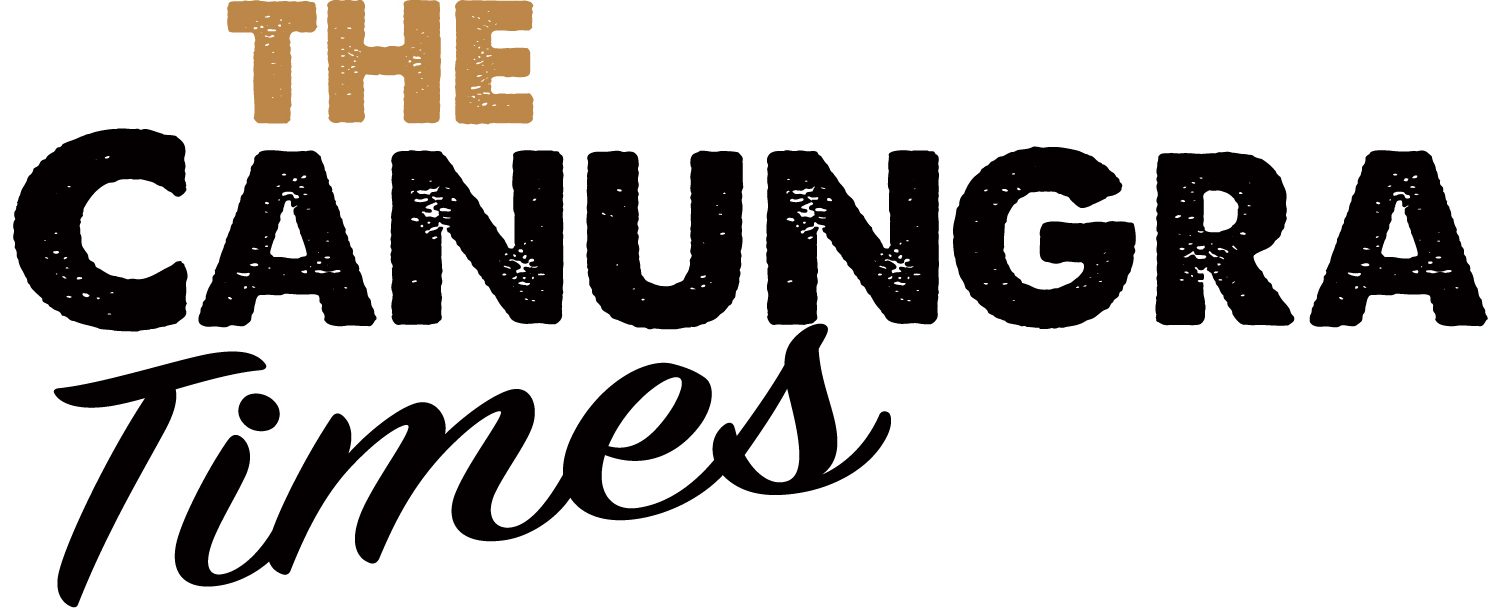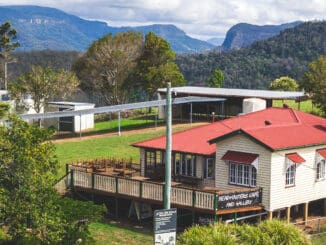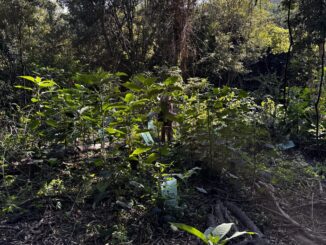
Imagine hurtling along at speeds of around 30km an hour on rough terrain through the bush, on a bike pulled by a dog.
This is what Vivienne Bucher does for fun.
It’s called dog sledding and it’s becoming hugely popular in Australia.
“It’s very exciting when you reach the start line and the beeper goes,” she enthused.
“The dogs get very excited and Roobie really wants to run. When she runs, she kicks up dirt, so you have to wear goggles.
“Being out there with her in the forest, it’s like you are together doing something that the dog enjoys and it’s healthy.”
Surprisingly, Vivienne had never owned a dog before.
When she got four-year-old Roobie, a Siberian Husky, Kelpie cross she quickly realised how much energy she had.
“She loves to run, but I was tired before she was. Initially I tried on my bike, but it was scary,” Vivienne said.
She investigated using a rigid arm for the back wheel, but that wasn’t very successful. More research led her to discover dryland mushing – just like sledding but on a bike.
“I had no idea it existed if you didn’t have snow,” she laughed.
Now she uses an antenna with a bungy cord attached to the front of the bike and a special harness imported from Sweden for Roobie.
After a few months of training to teach Roobie the commands, Vivienne, her 14-year-old son, Louis, who has joined her in the sport, and Roobie were off and racing.
Incredibly, she’s only had one accident when she fell flat on her face.
“It can be quite violent,” she explained.
“You wear a helmet. I’ve invested in a full-face helmet for my son. One competitor a few years back broke her jaw and nose.”
They train at least three times a week. From April through the winter they train intensely with less during the summer heat.
Races are around six kilometres depending on the temperatures.
Competitors can compete with a single dog or in teams with up to eight dogs on a longer track.
The commands used, including “gee” for right and “haw” for left, were originally used by the Innuits.
Vivienne now has dreams of owning a second dog or more so she can run with multiple dogs.
“It is quite addictive,” she smiled.
Next year she has her sights set on competing in Canberra in the snow.
It turns out that any dog that likes to run can join the fun.
“One member of Sled Dogging Queensland got her dog in Sweden another member has a Pomeranian,” she said laughing.
By Cindy Lever





